The post Taking a Measured Approach to Learning Photography appeared first on Digital Photography School. It was authored by Kevin Landwer-Johan.
Whether you have just invested in your first camera, or you did so a while back, taking a measured approach to learning to use it will help you improve your photography.

© Kevin Landwer-Johan
Beyond camera skills, there’s a whole lot more to making great photos. Composition, lighting, timing, and relationship with your subject are all important aspects of photography. All are largely unrelated to camera tech.
Photography is a journey. You can make it as long or short as you like. You can stick to a well-beaten path, (and create photos much the same as most people do,) or be more ambitious and scale lofty peaks. If you want to do the latter you better have a good idea of where you want to go and be ready to develop the necessary skills for the adventure.
Where do you start and how do you become competent in both the technical and creative aspects of photography?
Start with What’s Essential
Camera manuals are notorious. They are often difficult to understand and the information can appear disjointed. However, these books provide you with valuable insight. To be able to create interesting photographs you need to have a good knowledge and understanding of your camera first.

© Kevin Landwer-Johan
Start with your camera manual. Read it in the language you most easily understand, (and ignore all other language options.) Don’t try and absorb it all at once. Spread out your reading over the first week with your camera in your hands. Take in a little at a time and practice it.
Google and Youtube will often provide you with information about your camera that’s more straightforward. Search your camera make and model. Find one or two sources that cover it in depth and spend time studying it.
Get a good grasp of the basics of how your camera works. Get to know it’s settings and functions. Learning these things will help you avoid a lot of frustration when you are taking photos.
Concentrate on the Basic Functions
Trying to learn all the intricacies of your camera right at the start can be confusing. Modern cameras are packed with more whistles and bells than you will ever need to use.

© Kevin Landwer-Johan
My first camera was a simple tool. I had no option but to learn to use it manually. It had no automatic functions. This was a great way to learn. Thirty years or so later as I was preparing to launch my photography workshops, I had to study how to teach using the auto settings. I had never used them.
It’s a little like driving a car with an automatic transmission after learning in a manual shift car. Easy, because you’ve already mastered the essentials in manual mode.
Personally, I think using manual mode gives you the freedom to become more creative with your camera. I encourage you to do this. If you don’t have the time or commitment, experiment with the auto settings on your camera and find one or two which suit you best. Don’t be distracted by the scene modes or the many other functions your camera has. When you are starting out these will just add confusion.

© Kevin Landwer-Johan
Be Regular
Picking up your camera frequently and regularly is the one thing that will advance your photography. Make a habit of taking at least one photo a day. It only needs to take a few minutes.
Once you form a habit you will find it easy to make more time for photography. As you become familiar with your camera you will start to enjoy it more. When this happens you will notice you are beginning to take better photographs. It can become addictive.
Using your camera infrequently will lead to some frustration each time you do pick it up. You will have to think again which dials and buttons do what. You will not be familiar enough with the controls to use your camera with ease. Taking at least one photo a day will help you learn the camera controls and before long you will know them and use them intuitively. You don’t need to make a masterpiece each day, just try to improve a little at a time.

© Pansa Landwer-Johan
Learn a Little More
Studying – along with regular camera use – will accelerate your photography learning experience. Find a good book, online course or enroll in some classes.
Look for a teacher or author whose style you like and would like to emulate. Some people who teach photography will have you concentrate heavily on the technical aspects of the craft. Others will encourage you to leave your camera on auto all the time and let the camera do the work. It’s your choice which path you choose to follow. I prefer to teach a mix of the creative and technical aspects of photography.

© Kevin Landwer-Johan
Building your technical ability is important. You need to understand your camera and how to manage the settings. Receiving some good teaching on the functions of shutter speed, aperture, ISO, focus and other essential controls will lead you to be more creative. Once you have learned these skills your mind will be freer to focus on the creative elements that make good photographs.
Having a good grasp of composition, light, color, and timing is equally important for being able to make good photographs. Much of the creative side of photography is very subjective. You can study it and gain foundational knowledge. This will set you up towards developing your own personal photographic style.
Without a balance between technical and creative study, you can end up unbalanced. This can lead to technically perfect snapshots or terribly exposed, out-of-focus ‘creative’ photographs.
Three Helpful Tips to Help Your Progress
Make a separate folder on your computer, somewhere you can access it easily. At least once a week, go through the photos you have made and choose a few of your favorites. Put them in this new folder. This is your portfolio. You don’t need to share it with anyone else (but it’s a good idea to.) It’s there so you can see your photographs improve over time.

© Kevin Landwer-Johan
Having your work critiqued by a more experienced photographer helps. You may not always see what you have done wrong. You may look at your photos and know they are not great, but not be able to figure out why. This is where an experienced photographer can help you. A good critique will be positive and constructive but not shy away from pointing out changes which need to be made.
Finding someone to mentor you is one sure way that will help your photography progress. Regular contact with a more experienced photographer who’s committed to helping you learn will accelerate the process. The feedback a mentor can provide is invaluable. A good mentor will teach and guide you. They will also set and assess assignments for you.
Conclusion

© Pansa Landwer-Johan
Like learning to play a musical instrument or losing weight, the level of your commitment will be reflected in the level of your success. The more committed you are to learning to use your camera well, the more successful you become.
Frequent camera use and study will propel you more quickly to your goal. It’s your choice. Make regular study and camera use a daily habit. Go through and separate out your favorite photos once a week or so. You will be encouraged by the photos you are making. You will never achieve your potential by only occasionally picking up your camera.
The post Taking a Measured Approach to Learning Photography appeared first on Digital Photography School. It was authored by Kevin Landwer-Johan.




























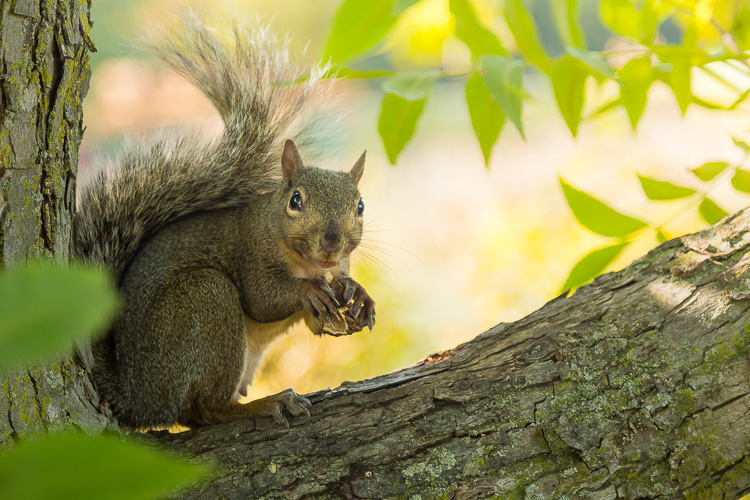
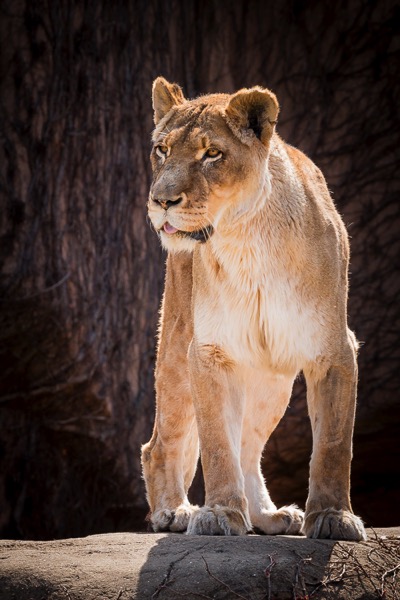
















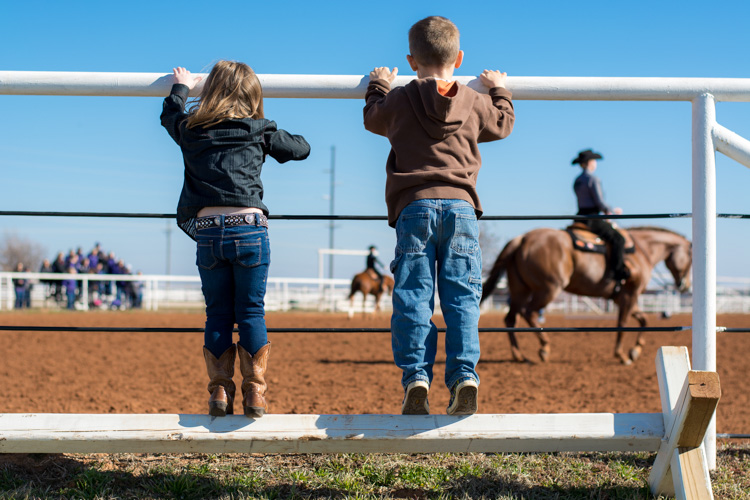





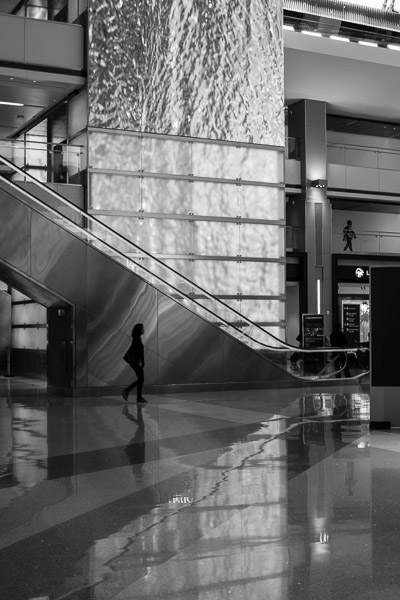









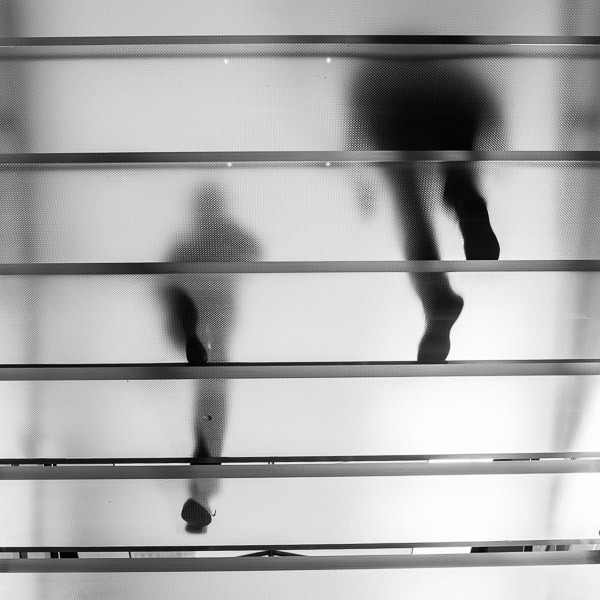

You must be logged in to post a comment.